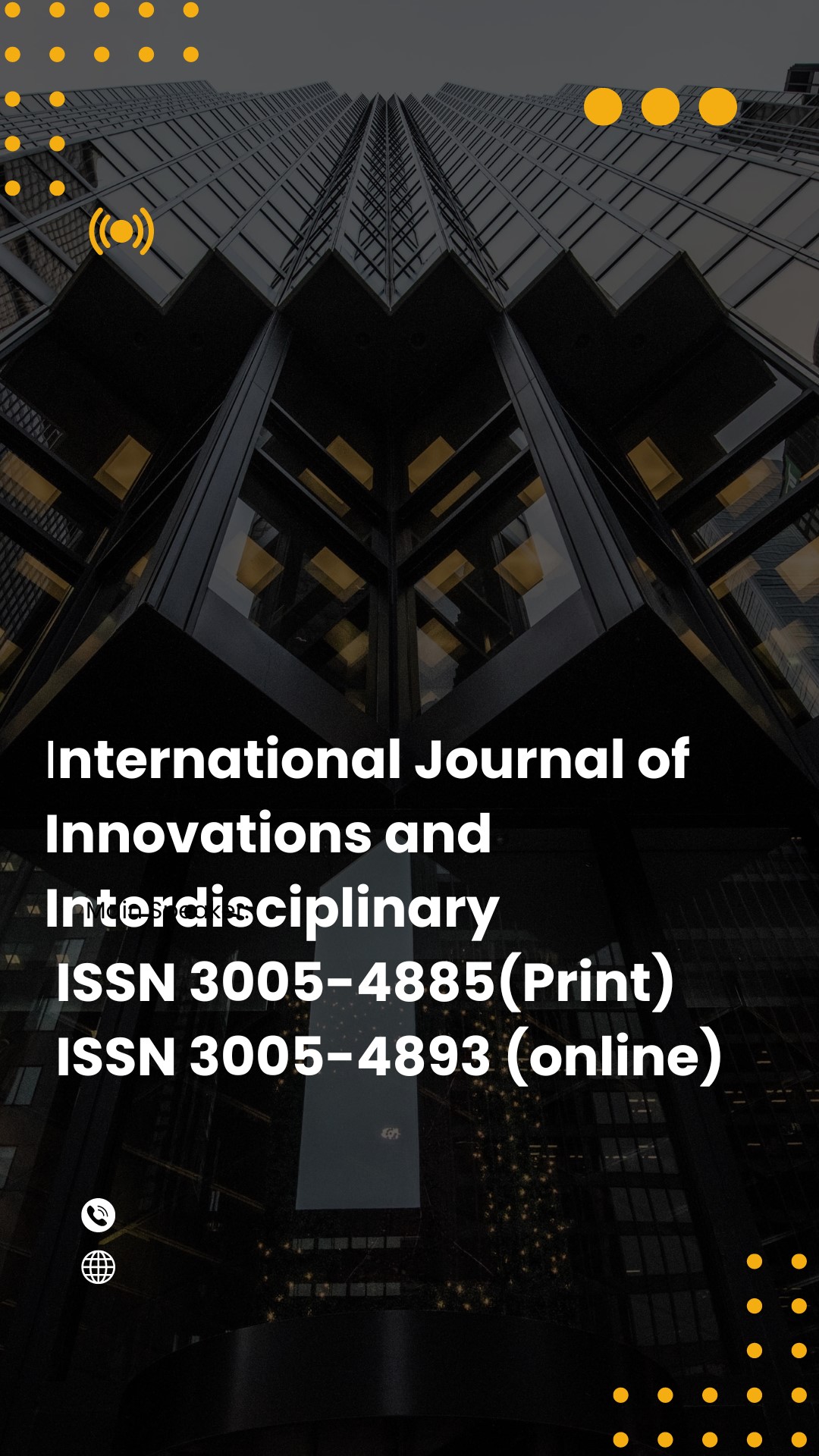Shortage Gaming and Performance of Food and Beverage Manufacturing Firms in Kenya.
DOI:
https://doi.org/10.61108/ijiir.v3i1.198Keywords:
Shortage Gaming, Bullwhip Effect, Supply Chain Performance, Inventory ManagementAbstract
The food and beverage manufacturing sector in Kenya faces persistent challenges related to demand variability, perishability, and inadequate cold chain infrastructure, which amplify inefficiencies within supply chains. A major driver of these inefficiencies is shortage gaming, a phenomenon where customers exaggerate orders during actual or perceived shortages in anticipation of rationing. This behaviour distorts demand signals, complicates production planning, and increases inventory and operational costs, thereby undermining firm performance. The purpose of this study was to assess the relationship between shortage gaming, as a dimension of the bullwhip effect, and the performance of food and beverage manufacturing firms in Kenya. The study adopted a descriptive research design anchored in a post-positivist philosophy, targeting 217 food and beverage firms registered with the Kenya Association of Manufacturers. A sample of 208 respondents comprising logistics and procurement managers was selected using Yamane’s formula and simple random sampling. Primary data was collected through structured and unstructured questionnaires, and reliability was confirmed using Cronbach’s Alpha (α ≥ 0.7). Data analysis employed descriptive statistics, Pearson correlation, and multiple regression analysis with the aid of SPSS software. The findings revealed that shortage gaming significantly influences firm performance. Customers’ exaggerated orders and promotional mechanisms such as discounts and rebates were found to create artificial demand spikes, leading to inefficiencies in production planning and inventory management. Regression results indicated a strong positive correlation (R = 0.871) and high explanatory power (R² = 0.759), confirming that 75.9% of the variation in firm performance is explained by shortage gaming practices. The study concludes that shortage gaming has a significant and positive effect on profitability, sales volume, and market share. It recommends enhancing supply chain visibility, adopting transparent rationing policies, and strengthening supplier partnerships to mitigate opportunistic ordering behaviors and improve performance.
Downloads
References
. Atieno, O. E., & Karuti, J. M. (2019). Effect of supply chain disruptions on the performance of food manufacturing firms in Kenya. International Journal of Business and Management, 7(3), 98-115.
. Barratt, M. (2014). "Understanding the meaning of collaboration in the supply chain", Supply Chain Management: An International Journal, Vol. 9 No.1, pp.30-
. Buchmeister, Pavlinjek and Palcic (2015). Bullwhip effect problem in supply chains in Slovenia. Advances in Production Engineering & Management Journal; Vol 1, pp.45-55.
. Chen, H., Murray, F., & Owen, W. (2015). What actually happened to the inventories of American companies between 1981 and 2000? Management Science, 51, 7, 1015-31.
. Fapetu, O., Oluwole, F. O., Owoeye, S. D., & Balogun, A. A. (2022). Trade Openness, Capital Flows and Financial Development in Sub-Saharan Africa: A Sectorial Comparative Analysis. Fuoye Journal of Accounting and Management, 5(2).
. Ibrahim, M. (2017). Capital structure and firm value in Nigerian listed manufacturing companies: An empirical investigation using Tobin’s Q model. International Journal of Innovative Research in Social Sciences & Strategic Management Techniques, 4(2), 112-125.
. Iwegbu, O., & Adeoye, B. W. (2020). Effect of inflationary expectations on stock market returns in Nigeria. Journal of Economic Studies, 17(1), 27-42.
. Janakiraman, S., Lee, C. C., Surysekar, K., & Tian, T. (2025). On Business Strategy and Financial Reporting Quality. Journal of Forensic Accounting Research, 1-29.
. Kotler, P. (2019). Marketing Management: Analysis, Planning, Implementation, and Control. Englewood Cliffs, New Jersey: Prentice Hall. 3rd EditionBuzzell (2017)
. Lee, H. P. (2016). Padmanabhan and S. Whang, "Information Distortion in a Supply Chain: The Bullwhip Effect. Management Science, 43 (12) 44-98.
. Lee, H. T. & Liu, Z. M. (2019). Statistical Inventory Management in Two-Echelon, Multiple-Retailer Supply Chain Systems”, The Journal of International Management Studies﹐ 5(1), 172-177.Wilck (2017)
. Mugenda, O. M., & Mugenda, A. G. (2003). Qualitative and quantitative approaches. Research Methods Africa Center for Technology Studies (Acts) Press. Nairobi Kenya.
. Njuguna, J. kuria, & Ismael, D. N. (2017). Effects Of Bullwhip On Supply Chain Performance In Manufacturing Sector In Kenya, A Case Of Cooper K Brands Limited. International Journal of Supply Chain Management, 2(2), 76–91. Retrieved from https://iprjb.org/journals/IJSCM/article/view/490
. Oboge, O. D., Kwendo, E., & Odero, J. A. (2024). Economic Order Quantity and Supply Chain Performance of County Governments in Western Region, Kenya. International Journal of Business, Economics, and Social Development, 5(4).
. Saremi H. & Seydeh., M.Z. (2018). Management of Distribution Channels. Indian Journal Science Resources, 5(3), 452-456.
. Sterman, J. (2002). System Dynamics: systems thinking and modeling for a complex world.
. Tom O., Otieno,T., Ochieng, G. Ondiek,A., & Odhiambo, O. (2012), Factors causing reversed bullwhip effect on the supply chains of Kenyan firms. European Journal of Business and Management, 4, (5,) 86-92.
. Yigitbasioglu O. (2019). Price fluctuationswith key suppliers. International Journal of Physical Distribution and Logistics Management, 40(7), 550-578.
. Zhang X., & Lu Q. (2016). Impact of Customer Response to Stock-out on Bullwhip Effect: Under Supply Chain Disruption[J]. Chinese Journal of Management Science, 24(7): 54-62.
. Zhao, X., & Wang, Y. (2022). Gig worker learning: An empirical study on on-demand delivery. Journal of Business Research, 139, 1234–1245.
. Zhou, X., & Lai, K. K. (2020). A comparative study of demand forecasting models for a multi-store retailer. Journal of Big Data, 7, Article 71. https://doi.org/10.1186/s40537-020-00358-1
Downloads
Published
How to Cite
Issue
Section
License
Copyright (c) 2025 International Journal of Innovations and Interdisciplinary Research (IJIIR) ISSN 3005-4885 (p);3005-4893(o)

This work is licensed under a Creative Commons Attribution-NonCommercial 4.0 International License.
The International Journal of Innovations and Interdisciplinary Research (IJIIR) adopts the Creative Commons Attribution-NonCommercial 4.0 International (CC BY-NC 4.0) license terms for all published articles. This license governs the rights and permissions associated with the use, distribution, and reproduction of the published content, ensuring a balance between authors' intellectual property rights and the wider dissemination of knowledge.
Under the CC BY-NC 4.0 license, the following terms apply:
-
Attribution (BY): Users are required to give appropriate credit to the original authors and provide a link to the original work. Proper attribution acknowledges the intellectual contribution of the authors and allows others to trace the research back to its source.
-
NonCommercial (NC): The license prohibits commercial use of the published material. Users may not exploit the work for commercial purposes without obtaining explicit permission from the copyright holder. Non-commercial use includes activities such as selling, licensing, or monetizing the content.
-
Adaptation: The CC BY-NC 4.0 license allows users to remix, transform, or build upon the original work, but only for non-commercial purposes. Adaptations or derivative works based on the published material must also be shared under the same license terms, giving proper attribution to the original authors.
The CC BY-NC 4.0 license ensures that the published research in the International Journal of Innovations and Interdisciplinary Research remains accessible to a wide audience while respecting the intellectual property rights of the authors. It encourages the sharing, dissemination, and collaborative use of knowledge within the academic community, fostering innovation and furthering the advancement of social sciences and humanities research.
Authors publishing their work in IJIIR grant the journal the right to publish and distribute their articles under the CC BY-NC 4.0 license. This license facilitates the unrestricted availability of the research, allowing readers, educators, and researchers to access, cite, and build upon the published content, as long as they comply with the license terms.
By adopting the CC BY-NC 4.0 license, Ijiir promotes open access principles and encourages the responsible use of scholarly work. It empowers researchers to disseminate their findings widely and fosters collaboration, ensuring that knowledge generated in the field of social sciences and humanities can have a broader societal impact.






